Just a few Pictures
Attachments
-
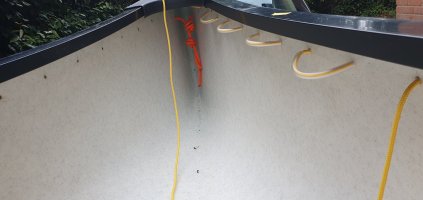 20230806_163945.jpg243 KB · Views: 6
20230806_163945.jpg243 KB · Views: 6 -
 20230806_163954.jpg486.6 KB · Views: 7
20230806_163954.jpg486.6 KB · Views: 7 -
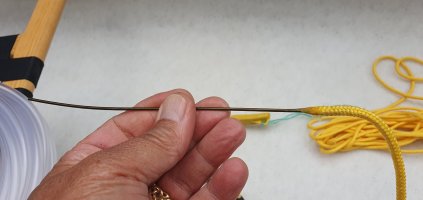 20230806_164013.jpg152.9 KB · Views: 8
20230806_164013.jpg152.9 KB · Views: 8 -
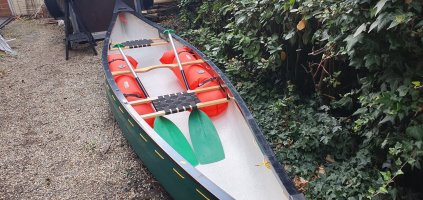 20230806_182345.jpg576.5 KB · Views: 8
20230806_182345.jpg576.5 KB · Views: 8 -
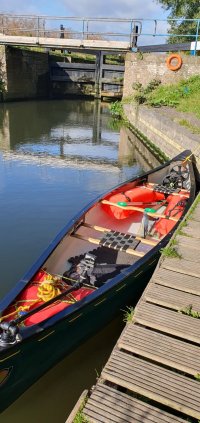 20230812_082732.jpg219.4 KB · Views: 8
20230812_082732.jpg219.4 KB · Views: 8 -
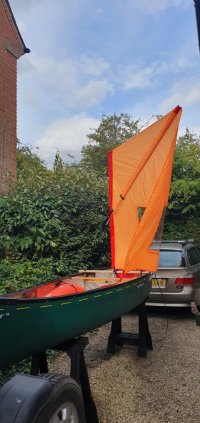 20230813_165604.jpg179.2 KB · Views: 9
20230813_165604.jpg179.2 KB · Views: 9 -
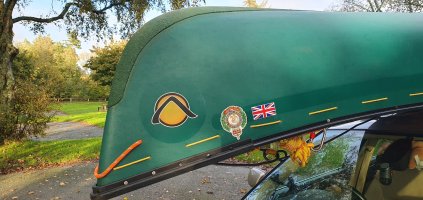 20231026_165407.jpg428.7 KB · Views: 7
20231026_165407.jpg428.7 KB · Views: 7 -
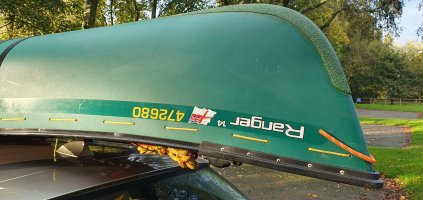 20231026_165420.jpg446.9 KB · Views: 5
20231026_165420.jpg446.9 KB · Views: 5 -
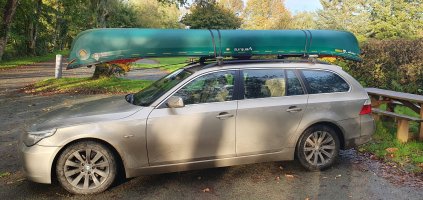 20231026_165432.jpg546.5 KB · Views: 6
20231026_165432.jpg546.5 KB · Views: 6
